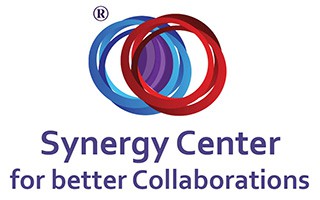Assimilating and Evaluating Changes in Your Organization Following Diagnosis and Implementation
Successful assimilation of the synergy process requires correct planning, diagnosis and implementation. It’s important to allocate a sustainable budget and sufficient time for the process. As a demonstration of commitment and sacrifice, slot in time for synergy activities in your work routine. If the synergy process doesn’t achieve its target, repeat the process.




